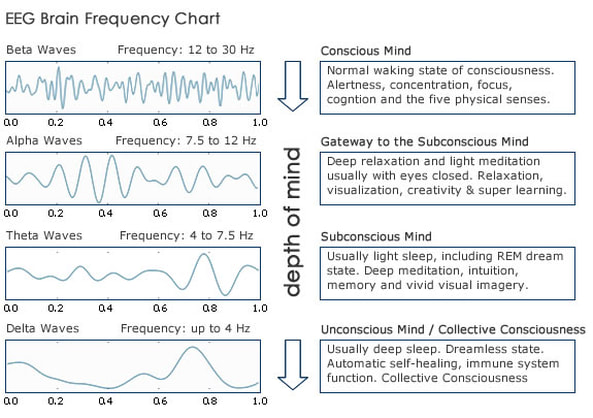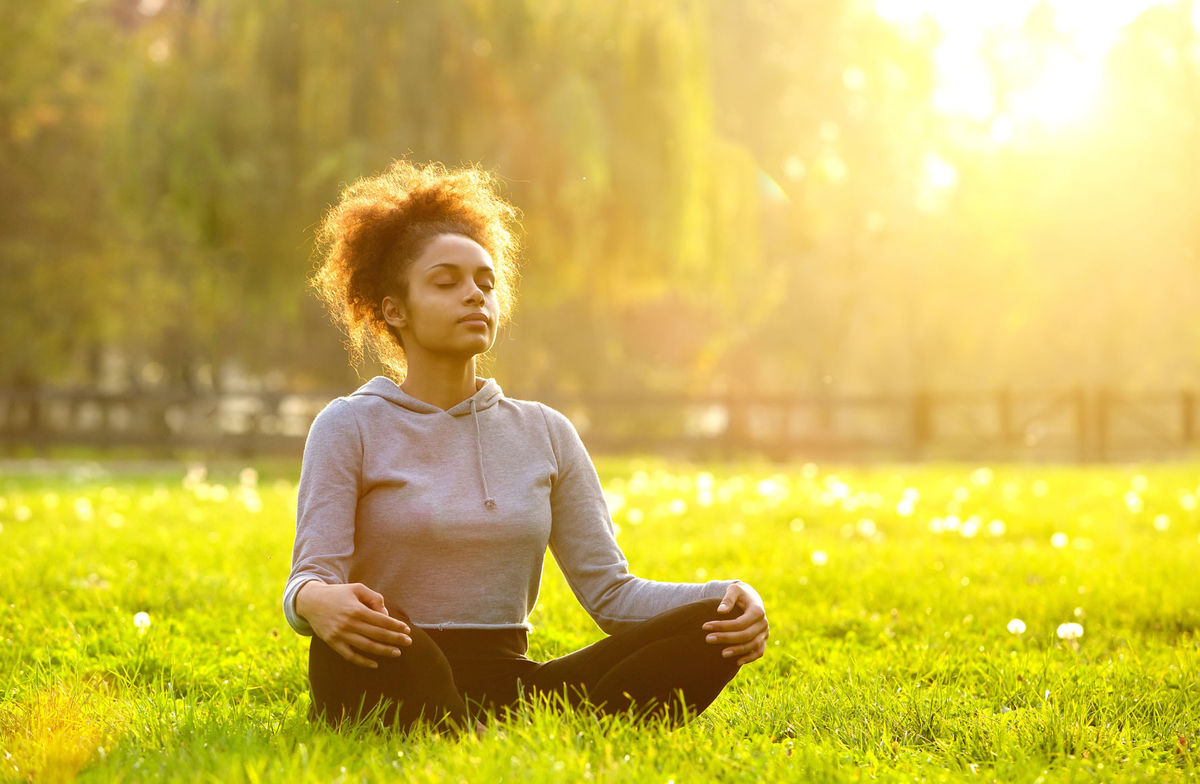CENTERED BODYWORK- STRUCTURAL INTEGRATION, CRANIOSACRAL AND ORTHOPEDIC MASSAGE
|
Bruce Y. Lee, Forbes
One of my college classmates once decided that to focus on his studies he didn't have time to exercise. So he would sprint everywhere he went at full speed. To the bathroom. To dinner. To class. To the library. To dates (which wasn't often). Would such several-minute bursts be the same as spending dedicated time to regular exercise? Possibly, if you are worried about death, according to a study published in the Journal of the American Heart Association. Yes, based on a study conducted by researchers from the National Cancer Institute (Pedro F. Saint‐Maurice, Richard P. Troiano, and Charles E. Matthews) and Duke University (William E. Kraus), the life-extending benefits of physical activity may add up, regardless of whether you do it in one concentrated session or short bursts throughout the day. The study runs over the conventional wisdom (sort of like how my classmate occasionally did to other people) that you've got to get your heart rate up for at least ten minutes for exercise to be of benefit. It also may be another reason to run to the toilet. The study analyzed data from 4,840 adults from the U.S. who were 40 years and older and participated in the National Health and Nutrition Examination Survey (NHNES). As part of this survey, the adults wore on their waists for up to a week devices called accelerometers, which could track their movements and thus get a sense of when and how long they were exercising. This way the researchers could figure out how much moderate-to-vigorous physical activity that they were getting each day. The American Heart Association gives the following examples of moderate physical activity:
The researchers used the following measures of the amount of moderate-to-vigorous physical activity that each adult got each day: total number of minutes, the number of bouts or bursts that were at least 5‐minutes long, and the number of bursts or bouts that were at least 10 minutes long. They also reviewed available death records through 2011. During the follow‐up period of about 6.6 years, 700 deaths had occurred. With all of this information, the researchers could determine whether there was any association between the total amount of physical activity and death and whether this association was different when you only counted bouts of moderate-to-vigorous physical activity that was greater than 5 minutes or 10 minutes in duration. Indeed the study did find a correlation between getting more moderate-to-vigorous physical activity and a lower likelihood of death. Compared to people who got little to no regular physical activity, those who got at least 30 minutes of moderate-to-vigorous physical activity each day were about a third less likely to have died. Those who got 60 to 99 minutes a day were about half as likely to have died. And those who got 100 or more minutes a day were about three-quarters less likely to have died. These correlations seemed to hold regardless of whether the study participants had gotten their physical activity in short bursts throughout the day or in concentrated sessions that were at least 5 or 10 minutes in duration. Of course, remember that this study just shows associations and does not necessarily prove cause-and-effect. Such a study can't show everything that was going on in the study participants' lives. Those who had less physical activity could also have had other behaviors and life circumstances that increased their risk of death such as living in higher crime neighborhoods, working in very stressful or dangerous jobs, having fewer friends and less of a support network, eating less healthy food, having less access to health care, and suffering from poorer health in general. The challenge is that physical activity and these other circumstances form a complex system that then, in turn, affect the likelihood of death. Nonetheless, we already know from many other studies that regular physical activity is good for your health and can help prevent and control numerous potentially life-threatening or life-shortening conditions such as obesity, cardiovascular disease, and cancer. People have labeled sitting as the new smoking and not the new asparagus. Very few people will say that they need to stop getting so much physical activity and sit on their butts more. However, getting exercise may seem daunting when you have to carve out a block of time each day and go through a series of steps such as traveling to the gym, changing into your tights and "No Guts, No Glory" T-shirt, and doing a repetitive activity (e.g., running on a treadmill) that you wouldn't otherwise do. Even the term "work out" sounds like having an additional job. You don't need a beach or a class to do many exercise movements. (Photo: Shutterstock) Instead, as this study suggests, you could integrate short bursts of physical activity into your regular activities and still get many of the benefits. Here are some examples:
0 Comments
 Many clients arrive at my office in a slightly or more than slightly stressed state. This state in brainwave terms is called Beta. Beta allows you to adapt to and function in the modern world. However, when you spend very little time outside of Beta, it can lead to over the long term stress sensitivity, emotional issues, premature aging, illness, insomnia, hormonal imbalance, and increased likelihood of chronic pain. These are your different kinds of brain waves:
Massage is proven in studies to help move you into deeper states of consciousness. How deep depends on where the client is starting from, what type of bodywork, how its delivered, and the consciousness state of the therapist. While it may not be easy to go from Beta to Delta in an hour, even getting to Alpha or some Theta is very healing for the nervous system and the whole body. During waking life, these states are rarer and rarer these days with so much stimulation, demands and fast paced lifestyles. I do relaxation sessions, called Restorative Bodywork, in a very slow and meditative fashion to maximize your time in Theta if possible. The slowness of the massage strokes, acupressure and craniosacral unwinding in particular facilitate more Alpha and Theta, occasionally Delta. I use a calming atmosphere, voice, and theta inducing music to help you go even deeper. How can you get to deeper states of consciousness on your own?
|

 RSS Feed
RSS Feed
